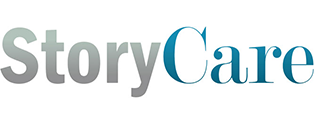SBAR provides a standardized framework for members of the healthcare team to communicate about a patient’s condition. SBAR is an easy-to-remember, concrete mechanism that is useful for framing any conversation, often a critical one requiring a clinician’s immediate attention and action. SBAR originated in the U.S. Navy submarine community to quickly provide critical information to the Captain. It provides members of the team with an easy and focused way to set expectations for what will be communicated and how. Standards of communication are essential for developing teamwork and fostering a culture of patient safety. In phrasing a conversation with another member of the team, consider the following:
- Situation—What is happening with the patient?
- Background—What is the clinical background?
- Assessment—What do I think the problem is?
- Recommendation—What would I recommend?
SBAR provides a vehicle for individuals to speak up and express concern in a concise manner.
